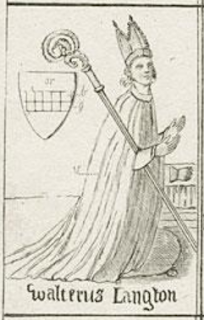Unfortunately, at this point the goal of the Crusades, Jerusalem, was no longer under Christian control. The plan was to unite all these forces with the Mongol Empire to conquer Egypt, whereupon (it was agreed) that the Christians would be given control of Jerusalem.
With plans in place, Ghazan marched to Syria in October 1299, where he was joined by the army of the Armenian Kingdom of Cilicia (which a few years later would have its own problem with Egypt).The Armenians also had some Knights Templar and Hospitallers among them. They defeated an army of Egyptian Mamluks at the battle of Wadi al-Khazandar.
Aleppo had already been taken, and Damascus surrendered soon after. The majority of Ghazan's army then retreated for the rest of the winter, going north where they could find grazing for their horses. The Mamluks sent a delegation to Ghazan (who had recently converted to Islam) at his camp (see illustration) in January 1300 to speak to him, saying:
"You claim that you are a Muslim and you have with you Mu'adhdhins, Muftis, Imams and Shaykhs but you invaded us and reached our country for what? Although your father and your grandfather, Hulegu were non-believers, they did not attack us and they kept their promise. But you promised and broke your promise."
A Mongol-Christian plan was made for late 1301. Ghazan wrote to Pope Boniface VIII to send troops and priests so that the Holy Land could become a Frankish state. He also wrote in 1302 to the pope and to Charles II of Anjou. Unfortunately, troops did not arrive.
Ghazan failed to conquer the Mamluks after several battles, and gave up after a decisive loss in April 1303. When he died on 11 May 1304, his brother Öljaitü succeeded him.
Since the title of this post is the Mongol-Christian Alliance, I want to talk more specifically about some of the Christians and Europeans who worked directly with Ghazan and the Mongol Empire. See you tomorrow.















